The 39 Steps (1935 film)
8.8 /10 1 Votes
98% Rotten Tomatoes Genre Mystery, Thriller Duration Language English | 7.9/10 IMDb Country United Kingdom | |||||||||||||||||||||||||||||||||
 | ||||||||||||||||||||||||||||||||||
Release date June 1935 (1935-06) (UK) Cast (Richard Hannay), (Pamela), (Annabelle Smith), (Professor Jordan), (Mrs. Louisa Jordan), (Margaret Crofter) Similar movies Dr. No , The Living Daylights , Tomorrow Never Dies , Jack Ryan: Shadow Recruit , National Treasure: Book of Secrets , Casino Royale Tagline Handcuffed to the girl who double-crossed him. | ||||||||||||||||||||||||||||||||||
The 39 Steps is a 1935 British thriller film directed by Alfred Hitchcock, starring Robert Donat and Madeleine Carroll. Very loosely based on the 1915 adventure novel The Thirty-Nine Steps by John Buchan, the film is about an everyman civilian in London, Richard Hannay, who becomes caught up in preventing an organization of spies called the 39 Steps from stealing British military secrets. After being mistakenly accused of the murder of a counter-espionage agent, Hannay goes on the run to Scotland with an attractive woman in the hopes of stopping the spy ring and clearing his name.
Contents
- Plot
- Adaptation
- Conception
- Reception
- Hitchcockian elements
- Copyright status
- Adaptations
- The 39 steps 1935 alfred hitchcock full movie
- References
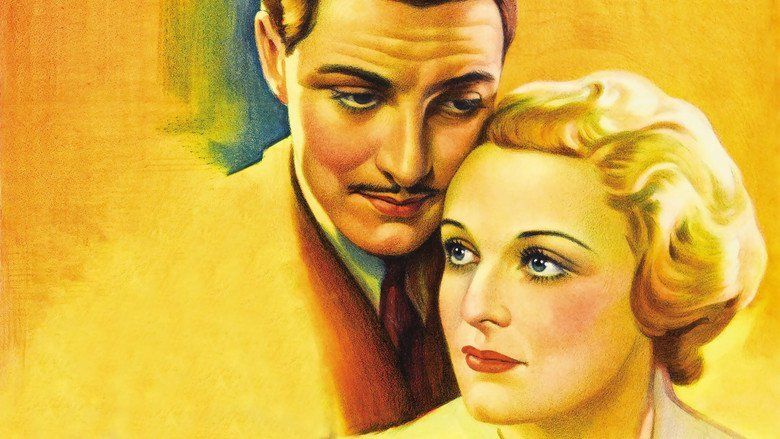
The British Film Institute ranked it the fourth best British film of the 20th century. In 2004, Total Film named it the 21st greatest British movie ever made, and in 2011 ranked it the second-best book-to-film adaptation of all time.
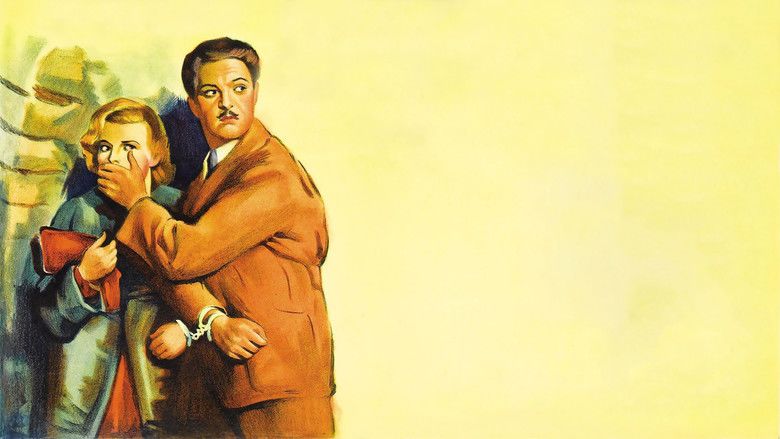
Plot

At a London music hall theatre, Richard Hannay (Robert Donat) is watching a demonstration of the superlative powers of recall of "Mr. Memory" (Wylie Watson) when shots are fired. In the ensuing panic, Hannay finds himself holding a seemingly frightened Annabella Smith (Lucie Mannheim), who talks him into taking her back to his flat. There, she tells him that she is a spy, being chased by assassins, and that she has uncovered a plot to steal vital British military information, masterminded by a man with the top joint missing from one of his fingers. She mentions the "39 Steps", but does not explain its meaning.
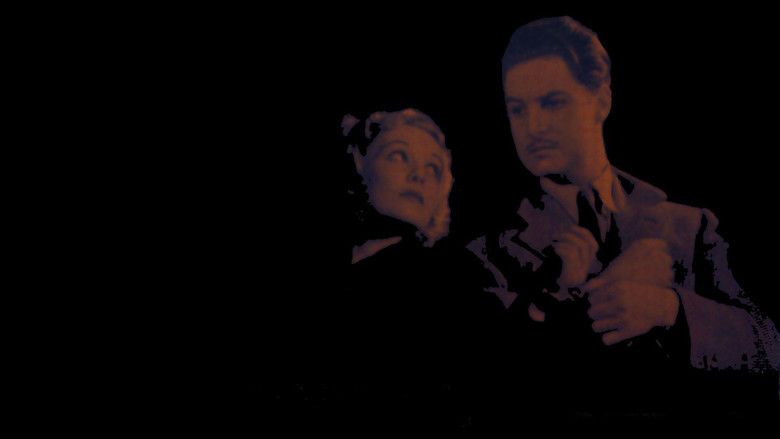
Later that night Smith, fatally stabbed, bursts into Hannay's bedroom and warns him to flee. He finds a map of the Scottish Highlands clutched in her hand, showing the area around Killin, with a house or farm named "Alt-na-Shellach" circled. He sneaks out of his flat disguised as a milkman to avoid the assassins waiting outside. He then boards the Flying Scotsman express train to Scotland. He learns from a newspaper article (read by a pair of women's undergarment salesmen) that he is the target of a nationwide manhunt for Smith's murder. When he sees the police searching the train, he enters a compartment and kisses the sole occupant, Pamela (Madeleine Carroll), in a desperate attempt to hide his face and escape detection. She frees herself from his unwanted embrace and alerts the policemen, who stop the train on the Forth Bridge. Hannay then escapes, hiding behind the bridge's truss.
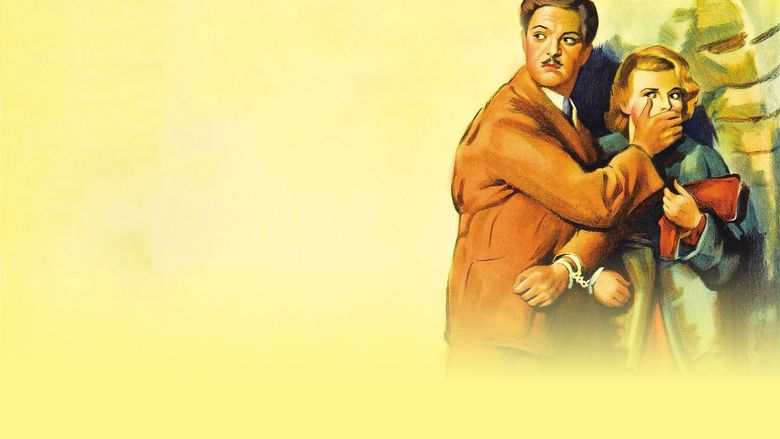
He walks toward Alt-na-Shellach, staying the night in the house of a poor crofter (John Laurie) and his much younger wife (Peggy Ashcroft). The crofter becomes suspicious of sexual attraction between his wife and Hannay, spying on them from an outside window. While in fact Hannay has revealed his current predicament to the young wife and asked for her help. Early the next morning, the young wife sees a police car approaching and warns Hannay. She gives Hannay the crofter's dark coat so as to better camouflage him. Hannay flees across the moors and at a bridge he finds a sign for Alt-na-Shellach. The police, hot on his trail, fire several shots at him and even employ a Weir autogyro to chase him down. He eventually arrives at the house of the seemingly respectable Professor Jordan (Godfrey Tearle) and is let in by his maid after saying he has been sent by Annabella Smith. The police arrive, but Jordan sends them away and politely listens to Hannay's story after ushering out all his afternoon guests (including the local sheriff) visiting the house. Hannay notes that the man at helm of the group of foreign assassins and spies is missing the top joint of his ring finger. Jordan then corrects him revealing that the top joint of his (Jordan's) pinky finger is missing and thus he is the head of aforementioned group of spies. Jordan then shoots Hannay as he inches towards the door, and then (apparently) leaves him for dead.
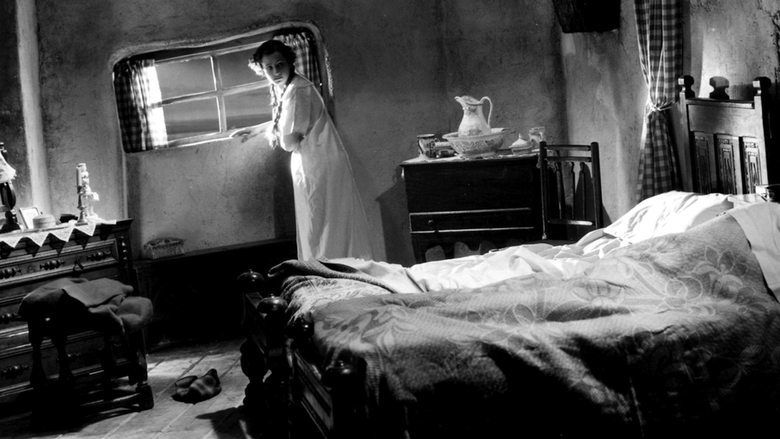
Luckily, the bullet is stopped by the crofter's hymn book in the coat pocket. This is revealed by Hannay to the local sheriff in his office (the same sheriff from the guests at Professor Jordan's). More police arrive when the sheriff reveals that he does not believe the fugitive's story since Professor Jordan is his best friend in the district. The police move to arrest Hannay's and his right wrist is handcuffed, but he jumps through a window and escapes by joining a Salvation Army march through the town (a scene paid homage to in the 1993 film The Fugitive starring Harrison Ford). He tries to hide at a political meeting and is mistaken for the introductory speaker. He gives a rousing impromptu speech — without knowing anything about the candidate he is introducing — but is recognized by Pamela, who gives him to the police once more. He is taken away by "policemen" who ask Pamela to accompany them. They drive past the police station, claiming they have orders to go directly to Inveraray, but Hannay realizes they are agents of the conspiracy when they take the wrong road. When the men get out to disperse a flock of sheep blocking the road, Hannay escapes, dragging the unwilling Pamela (to whom he is handcuffed) along.
They make their way across the countryside and stay the night at an inn. While he sleeps, Pamela manages to slip out of the handcuffs, but then overhears one of the fake policemen on the telephone, confirming Hannay's assertions. She returns to the room and sleeps on a sofa. The next morning, she tells him what she heard. He sends her to London to alert the police. No secret documents have been reported missing, however, so they do not believe her. Instead, they follow her.
Pamela leads them to the London Palladium. When Mr. Memory is introduced, Hannay, sitting in the audience, recognizes his theme music—the annoyingly catchy tune, a tune he's has been whistling and unable to forget for days. Hannay, upon recognizing Professor Jordon and witnessing him signal Mr. Memory, realizes that the spies are using Mr. Memory to smuggle the Air Ministry secret. As the police take Hannay into custody, he shouts, "What are the 39 Steps?" Mr. Memory compulsively answers, "The 39 Steps is an organisation of spies, collecting information on behalf of the Foreign Office of ..." at which point Jordan shoots him, jumps to the theatre's stage and tries to flee, but is apprehended. The dying Mr. Memory recites the information stored in his brain—the design for a silent aircraft engine—and is then able to pass away peacefully, saying "I'm glad it's off my mind."
Hannay and Pamela's clasped hands, Hannay's handcuffs clearly visible. The image fades to black as they stand at the side of the stage hand in hand and as while the hurriedly ushered-on chorus line dance to an orchestrated version of the Jessie Matthews song "Tinkle Tinkle Tinkle".
(Hitchcock had worked with Jessie Matthews on the film Waltzes from Vienna and reportedly did not like her very much, but as well as the fade-out music to "The 39 Steps", he also used an orchestrated version of her song "May I Have The Next Romance With You" in the ballroom sequence of his film Young and Innocent.)
Adaptation
The script was originally written by Charles Bennett, who prepared the initial treatment in close collaboration with Hitchcock; Ian Hay then wrote some dialogue.
The film's plot departs substantially from John Buchan's novel, with scenes such as in the music hall and on the Forth Bridge absent from the book. Hitchcock also introduced the two major female characters, Annabella the spy and Pamela, reluctant companion. In this film, The 39 Steps refers to the clandestine organisation, whereas in the book and the other film versions it refers to physical steps, with the German spies being called "The Black Stone". By having Annabella tell Hannay she is travelling to meet a man in Scotland (and produce a map with Alt-na-Shellach house circled) Hitchcock avoids the coincidence in Buchan's novel where Hannay, with the whole country in which to hide, chances to walk into the one house where the spy ringleader lives.
Conception
The 39 Steps was a major British film of its time. The production company, Gaumont-British, was eager to establish its films in international markets, and especially in the United States, and The 39 Steps was conceived as a prime vehicle towards this end. Where Hitchcock's previous film, The Man Who Knew Too Much, had costs of £40,000, The 39 Steps cost nearly £60,000. Much of the extra money went to the star salaries for Robert Donat and Madeleine Carroll. Both had already made films in Hollywood and were therefore known to American audiences. At a time when British cinema had few international stars, this was considered vital to the film's success. Hitchcock heard Scottish industrialist and aircraft pioneer James G. Weir commuted to work daily in an autogyro, and worked the aircraft into the film.
Reception
It was voted the best British film of 1935 by The Examiner in a public poll. It was the 17th most popular film at the British box office in 1935-36.
Of the four major film versions of the novel, Hitchcock's film has been the most acclaimed. In 1999, the British Film Institute ranked it the fourth best British film of the 20th century; in 2004, Total Film named it the 21st greatest British movie ever made, and in 2011 ranked it the second-best book-to-film adaptation of all time.
The 39 Steps was one of Orson Welles' favorite Hitchcock films, and of it he said: "oh my God, what a masterpiece." In 1939, Welles starred in a radio adaption of the same source novel with The Mercury Theatre on the Air.
The film currently holds a 98% rating on review aggregator website Rotten Tomatoes, based on 44 reviews. Its critics' consensus reads: "Packed with twists and turns, this essential early Alfred Hitchcock feature hints at the dazzling heights he'd reach later in his career."
Hitchcockian elements
The 39 Steps is the second film (after the silent film The Lodger) in a line of Hitchcock films based upon an innocent man being forced on the run, including Saboteur (1942) and North by Northwest (1959). The film contains a common Hitchcockian trope of a MacGuffin (a plot devise which is vital to the story, but irrelevant to the audience); in this case, the designs for a secret silent plane engine.
Alfred Hitchcock cameo: A signature occurrence in most of Hitchcock's films. About 6 minutes and 33 seconds toward the beginning of the film, both Hitchcock and the screenwriter Charles Bennett can be seen walking past a bus that Robert Donat and Lucie Mannheim board outside the music hall. The bus is on London Transport's number 25 route, which runs from Oxford Street through the East End and on to Leytonstone. As Glancy points out, this was familiar ground to Hitchcock, who lived in Leytonstone and then in Stepney (in the East End) as a youth. The director's appearance can thus be seen as an assertion of his connection with the area, but he was by no means romanticising it. As the bus pulls up he litters by throwing a cigarette packet on the ground. Hitchcock is also seen briefly as a member of the audience scrambling to leave the music hall after the shot is fired in the opening scene.
In the middle of the film, Hannay is shot in the chest with a revolver at close range, and a long fade out suggests that he has been killed. This jarringly unusual development – the main character is apparently killed while the story is still unfolding – anticipates Hitchcock's Psycho (1960), and the murder of Marion Crane in the Bates Motel. Hannay, however, was not truly dead. In the next scene it is revealed that a hymn book in his coat pocket prevented the bullet from killing him.
The film established the quintessential English 'Hitchcock blonde' Madeleine Carroll as the template for his succession of ice cold and elegant leading ladies. Of Hitchcock heroines as exemplified by Carroll, film critic Roger Ebert wrote: "The female characters in his films reflected the same qualities over and over again: They were blonde. They were icy and remote. They were imprisoned in costumes that subtly combined fashion with fetishism. They mesmerised the men, who often had physical or psychological handicaps. Sooner or later, every Hitchcock woman was humiliated".
Although most of the film is shot on location, there is the occasional unconvincing painted backdrop reminiscent of other Hitchcock films. In keeping with many of his films, key sequences are shot in familiar locations; in this instance Kings Cross Station, Piccadilly Station and a dramatic sequence on the Forth Bridge.
Copyright status
On 18 January 2012 the U.S. Supreme Court ruled that the copyright clause of the U.S. Constitution does not prevent the United States from meeting its treaty obligations towards copyright protection for foreign works. Following the ruling, notable films such as The 39 Steps and The Third Man (1949) were taken back out of the public domain and became fully protected under American copyright law. Despite this, there are versions of the film on the internet continuing to leak online.
The rights to the film are currently owned by ITV Studios, while the film is distributed in North America by Metro-Goldwyn-Mayer.
Adaptations
The 39 steps 1935 alfred hitchcock full movie
References
The 39 Steps (1935 film) WikipediaThe 39 Steps (1935 film) IMDbThe 39 Steps (1935 film) Rotten TomatoesThe 39 Steps (1935 film) themoviedb.org
